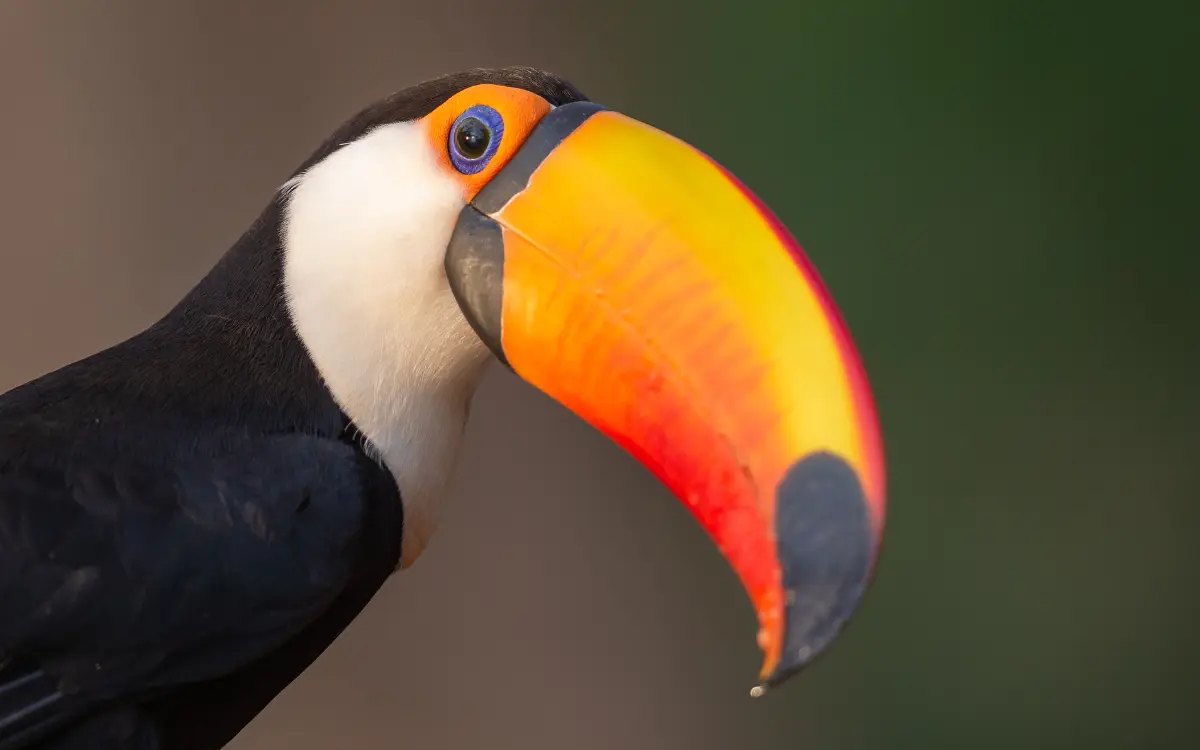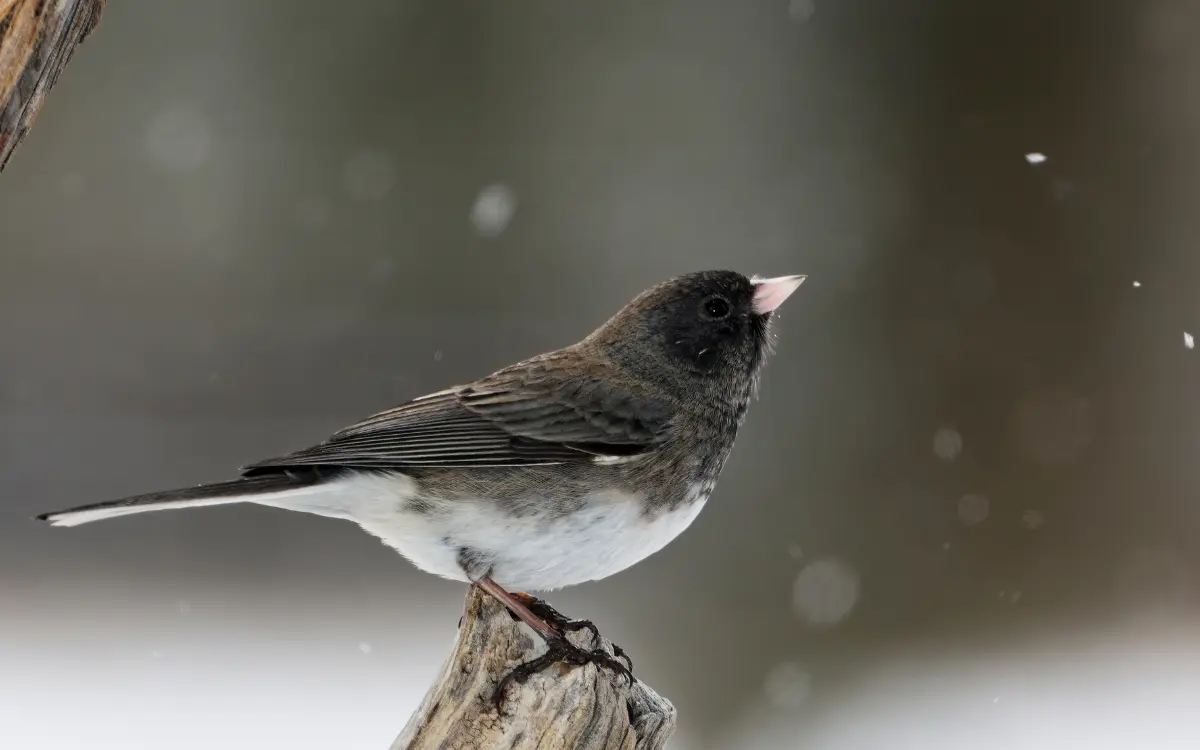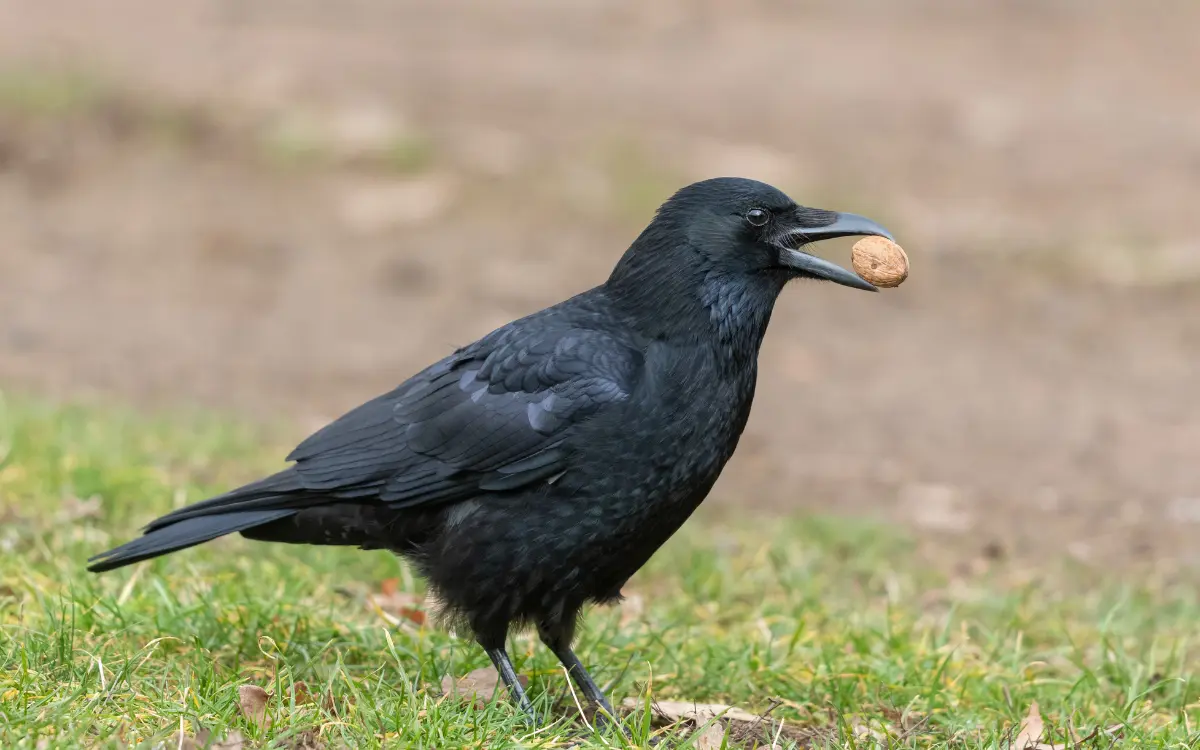29 Most Interesting Birds in the World
Birds are some of the most fascinating creatures in the world. With their vibrant colors, unique behaviors, and incredible adaptations, they never fail to amaze us.
From stunning courtship displays to incredible survival skills, these feathered wonders showcase the beauty and brilliance of nature.
29 Most Interesting Birds in the World:
1.The Resplendent Quetzal – (Resplendent quetzal):
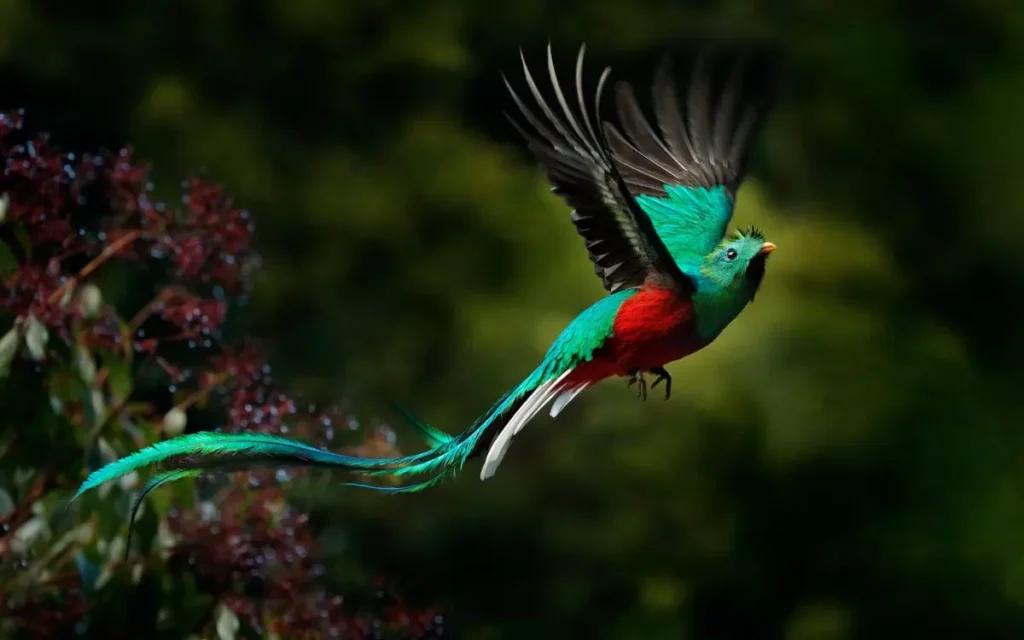
The Resplendent Quetzal is considered a symbol of freedom and beauty in Central America. Its iridescent green plumage and long tail feathers make it one of the most visually stunning birds in the world.
The quetzal’s cultural significance as the sacred bird of the Maya and Aztecs adds to its mystique. Its diet mainly consists of wild fruits, making it vital for forest regeneration.
- Location: Central America
- Size: About 36-40 cm
- Egg: Bluish-green with red speckles
- Wingspan: Approximately 66 cm
- Lifespan: Up to 15 years
2. The Lyrebird – (Menura):
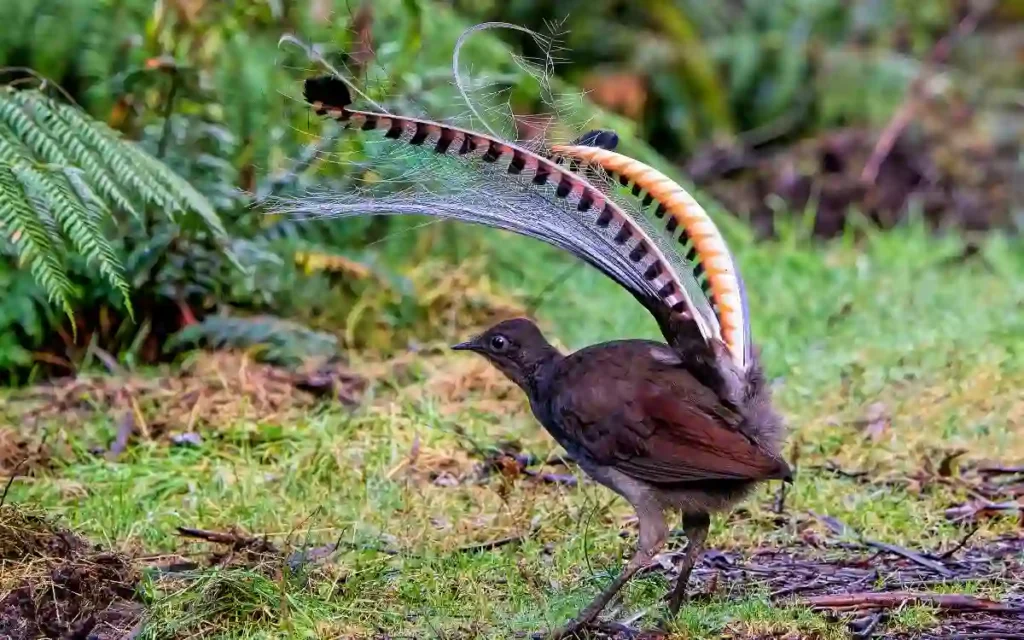
The Lyrebird is renowned for its unmatched mimicry skills, capable of imitating natural sounds like other bird calls and even man-made noises like chainsaws or camera shutters.
Its intricate tail feathers, shaped like a lyre, are a marvel during its courtship display.
This bird is a testament to nature’s creativity and auditory brilliance.
- Found in: Forests of eastern Australia.
- Size: 80-100 cm (31-39 inches), males being larger.
- Egg: Lays a single egg, incubated for around 50 days.
- Wingspan: 70-75 cm (27-29 inches).
- Lifespan: Up to 30 years in the wild.
3. Atlantic Puffin – (Fratercula arctica):
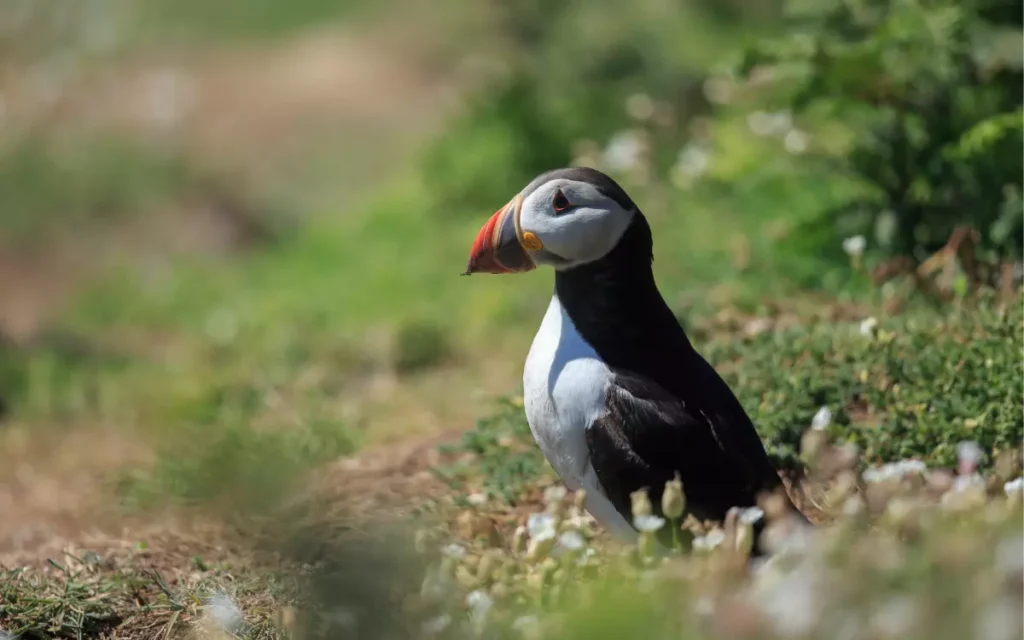
With its colorful beak and penguin-like stance, the Atlantic Puffin is both endearing and fascinating. These seabirds spend most of their lives at sea, returning to land only to breed.
Their ability to dive and swim underwater with remarkable agility while hunting fish showcases their adaptability to marine environments.
- Found in: North Atlantic coasts and islands.
- Size: 28-30 cm (11-12 inches).
- Egg: Lays a single white egg in a burrow.
- Wingspan: 50-60 cm (20-24 inches).
- Lifespan: Up to 20 years.
4. Andean Condor – (Vultur gryphus):
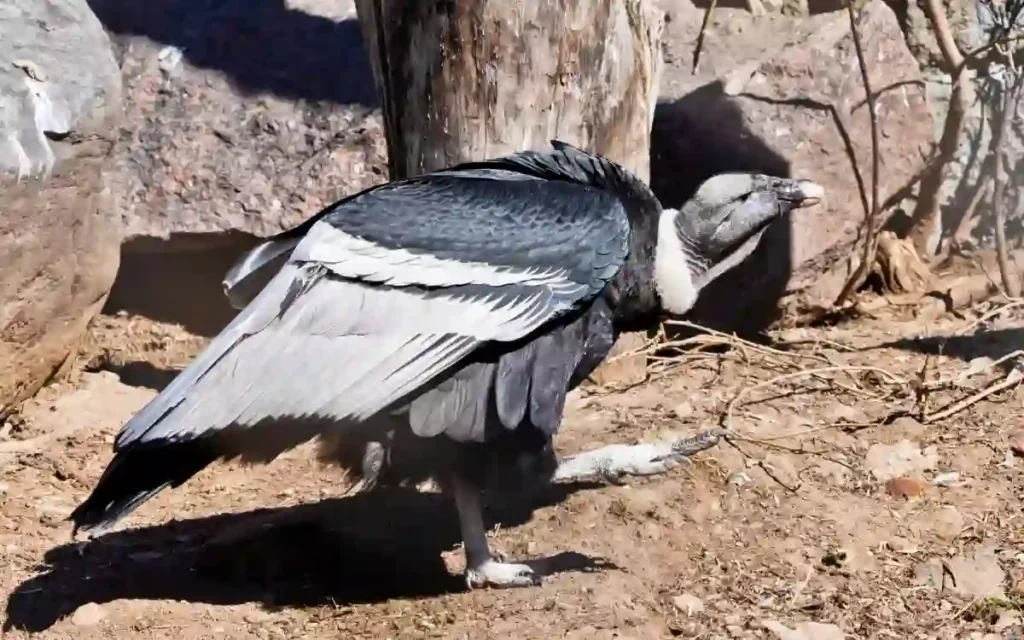
The Andean Condor is one of the largest flying birds, boasting an impressive wingspan.
Revered in South American folklore as a symbol of power and freedom, this scavenger plays a crucial ecological role in cleaning up carcasses.
Its ability to soar at high altitudes for hours with minimal effort is a remarkable adaptation.
- Found in: Andes Mountains and South American coasts.
- Size: 100-130 cm (39-51 inches).
- Egg: Lays a single bluish-white egg.
- Wingspan: 3.2 meters (10.5 feet), one of the largest of any bird.
- Lifespan: Up to 50 years.
5. Arctic Tern – (Sterna paradisaea):
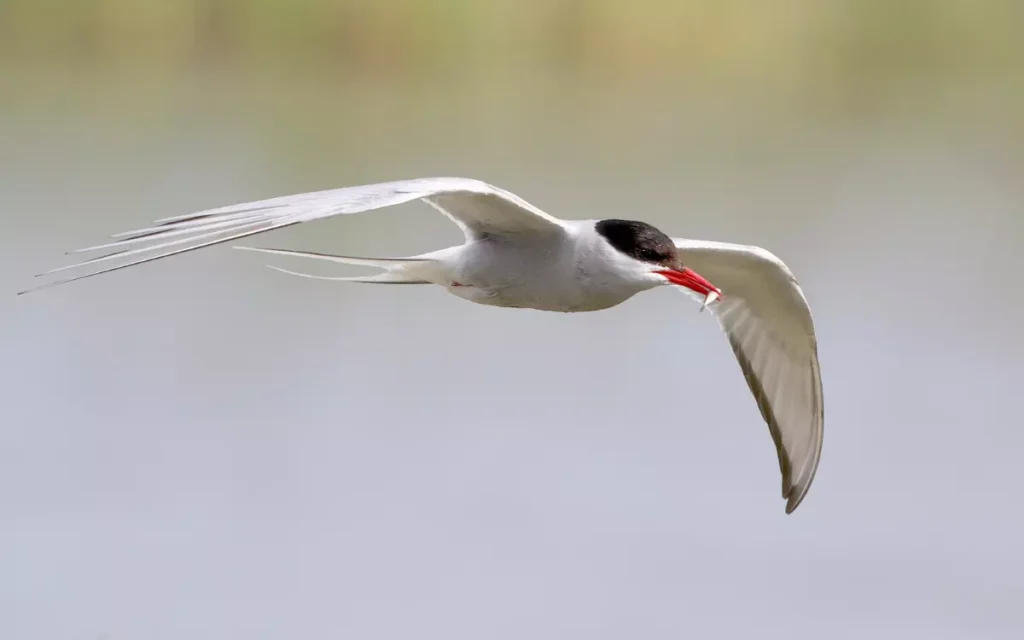
The Arctic Tern is a true globe-trotter, undertaking the longest migration of any bird, traveling between polar regions. Its journey, spanning thousands of miles annually, is a testament to its endurance and navigational skills.
Its white and gray plumage, paired with its red beak, gives it an elegant appearance.
- Found in: Arctic and sub-Arctic regions; migrates to Antarctic.
- Size: 28-39 cm (11-15 inches).
- Egg: Lays 1-3 mottled eggs in shallow scrapes.
- Wingspan: 75-85 cm (30-33 inches).
- Lifespan: 20-30 years.
Read also:-
- 34 Most Beautiful Bird In The Worlds (Picture,Call guide)
- 26 World’s Most Ugliest Birds (Picture,Location,size)
6. The Dancing Red-capped Manakin – (Ceratopipra mentalis):
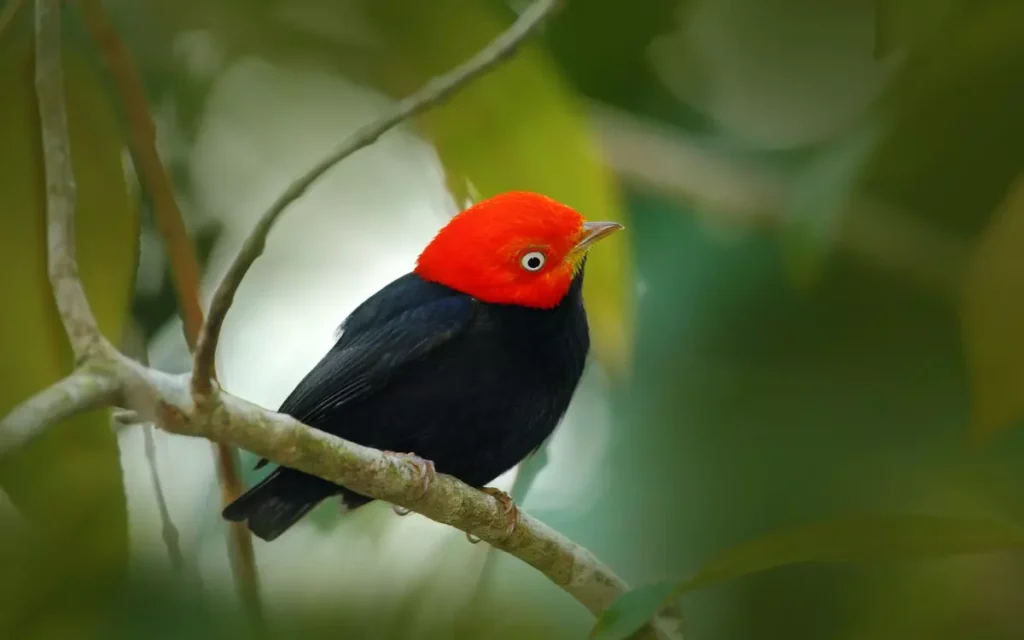
This tiny bird has captured attention worldwide with its moonwalk-like mating dance.
The male’s energetic and precise movements, accompanied by its striking red cap, make it one of the most entertaining performers in the avian world.
Its behavior during courtship is both fascinating and unique among birds.
- Found in: Tropical forests of Central and South America.
- Size: 10 cm (4 inches).
- Egg: Lays 2 cream-colored eggs with reddish spots.
- Wingspan: Approximately 15 cm (6 inches).Lifespan: 12-15 years.
7. The Kea – (Nestor notabilis):
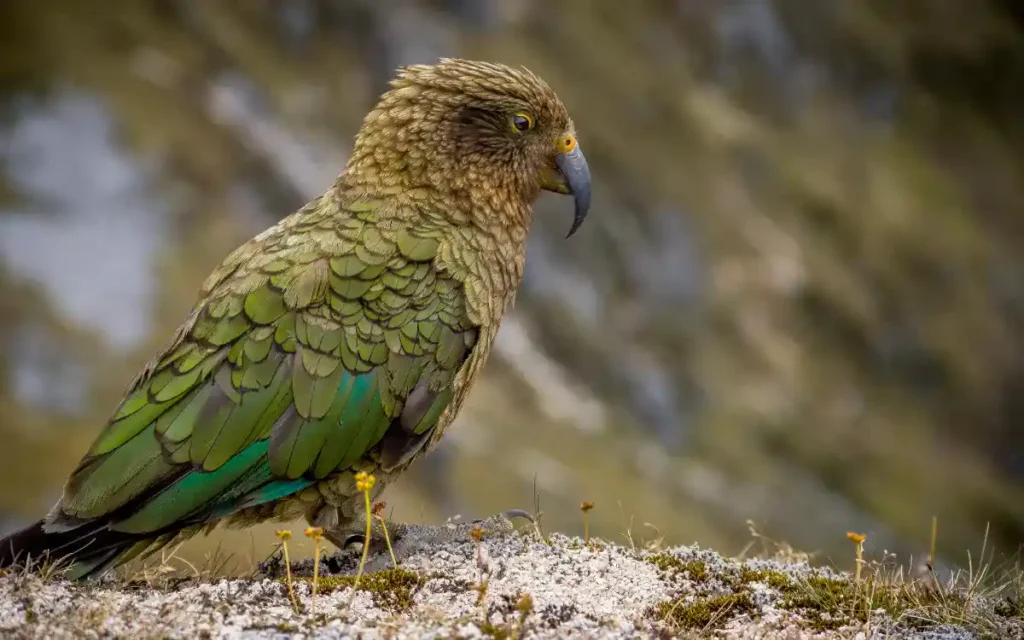
The Kea, a parrot native to New Zealand, is celebrated for its exceptional intelligence and playful antics.
Often called the “clown of the mountains,” it is known to investigate and interact with objects, including human belongings.
This highly curious bird thrives in the challenging alpine environments, showcasing adaptability.
- Found in: Alpine regions of New Zealand.
- Size: 48 cm (19 inches).
- Egg: Lays 2-4 white eggs.
- Wingspan: 90 cm (35 inches).Lifespan: Up to 20 years in the wild.
8. Wilson’s Bird-of-Paradise – (Cicinnurus respublica):
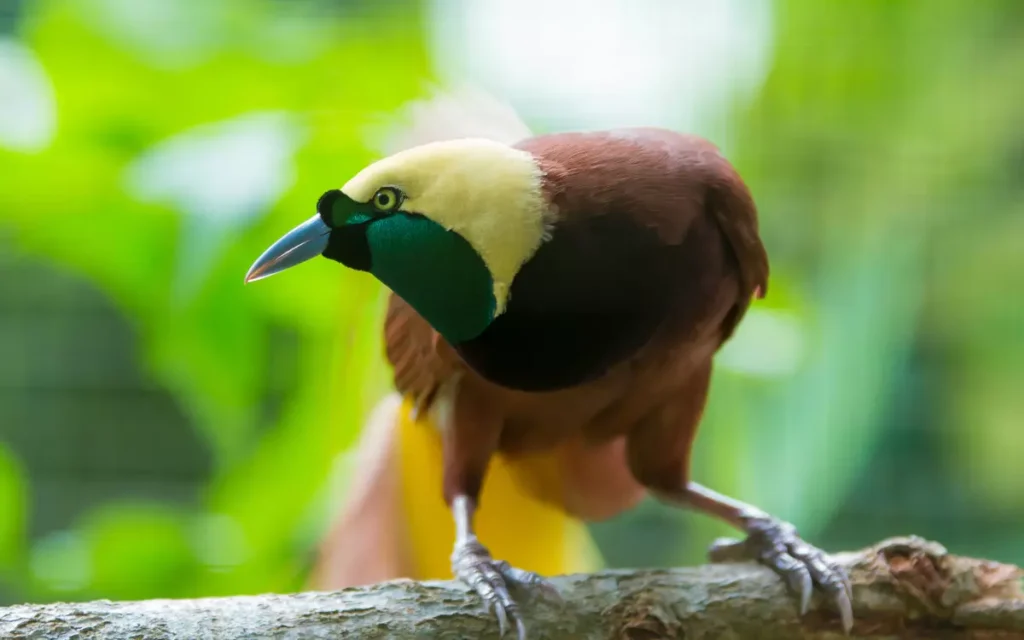
Known for its radiant plumage and intricate courtship displays, this bird-of-paradise is a marvel of evolution. Males clean and decorate a display area to perform for females, showcasing their vivid colors and dance moves.
Its beauty and rare behaviors make it a sought-after sight for birdwatchers.
- Found in: Lowland rainforests of Indonesia.
- Size: 16 cm (6.3 inches).
- Egg: Lays 2 pale eggs.
- Wingspan: Approximately 23 cm (9 inches).Lifespan: 5-8 years.
9. Hoopoe – (Upupa epops):
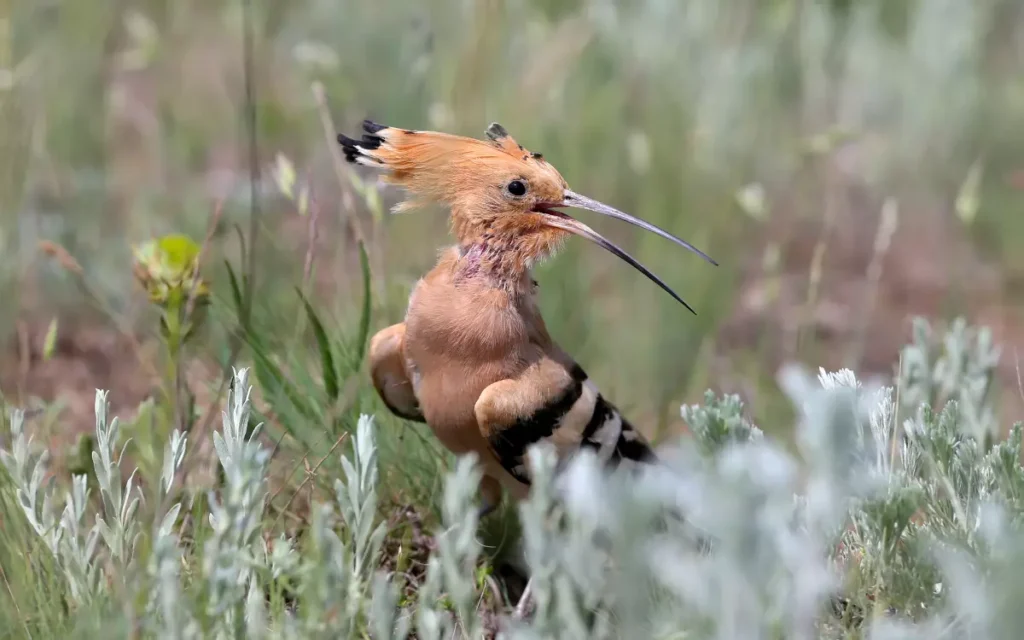
The Hoopoe is easily identified by its striking orange crest, black-and-white striped wings, and distinct “hoop-hoop” call. This bird’s fascinating foraging habit involves probing the ground for insects.
Its unusual appearance and charming behavior have earned it cultural significance in various mythologies.
- Location: Eurasia, Africa, and Sub-Saharan region
- Size: Up to 28 cm Egg: Creamy with speckles
- Wingspan: Around 44 cm
- Lifespan: Up to 10 years
- Habits: Recognized for its distinctive crown of feathers and its melodious call that sounds like “hoo-poo.”
10. The Bowerbird – (Ptilonorhynchidae):
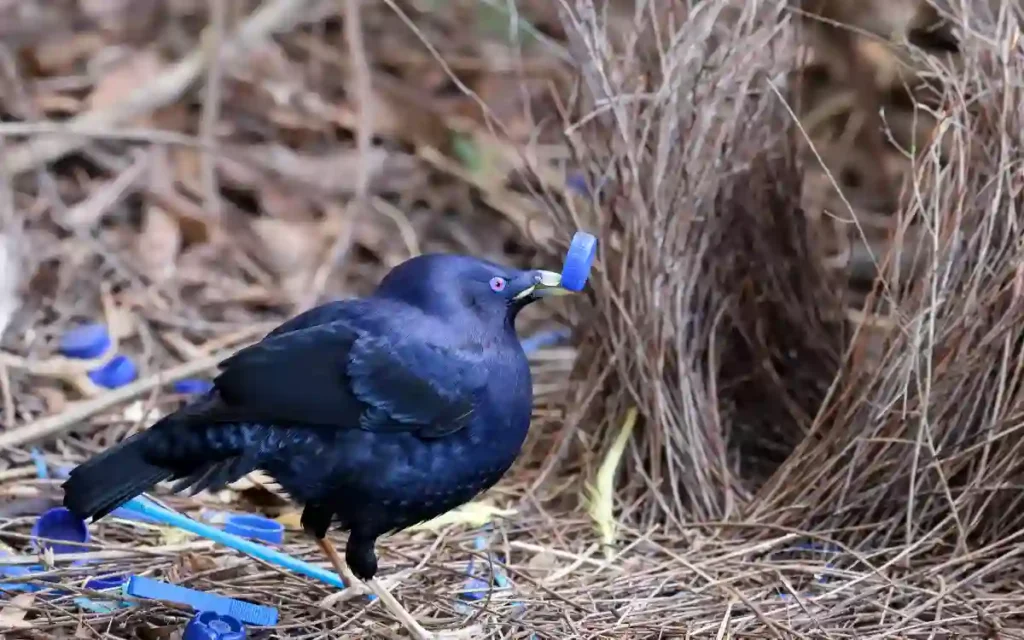
The Bowerbird is renowned for its artistic abilities, building intricate bowers decorated with colorful objects to attract mates.
Males go to great lengths to gather items like flowers, berries, and even plastic pieces to create the perfect display. This unique courtship behavior highlights their intelligence and creativity.
- Found in: Forests and woodlands of Australia and New Guinea.
- Size: 24-40 cm (9.5-15.7 inches), varying by species.
- Egg: Lays 1-3 eggs per clutch.
- Wingspan: 30-50 cm (12-20 inches).
- Lifespan: Around 20 years.
Read also:- 34 Birds That Look Like They Have Hair: A Fun Guide
11. The Emperor Penguin – (Aptenodytes forsteri):
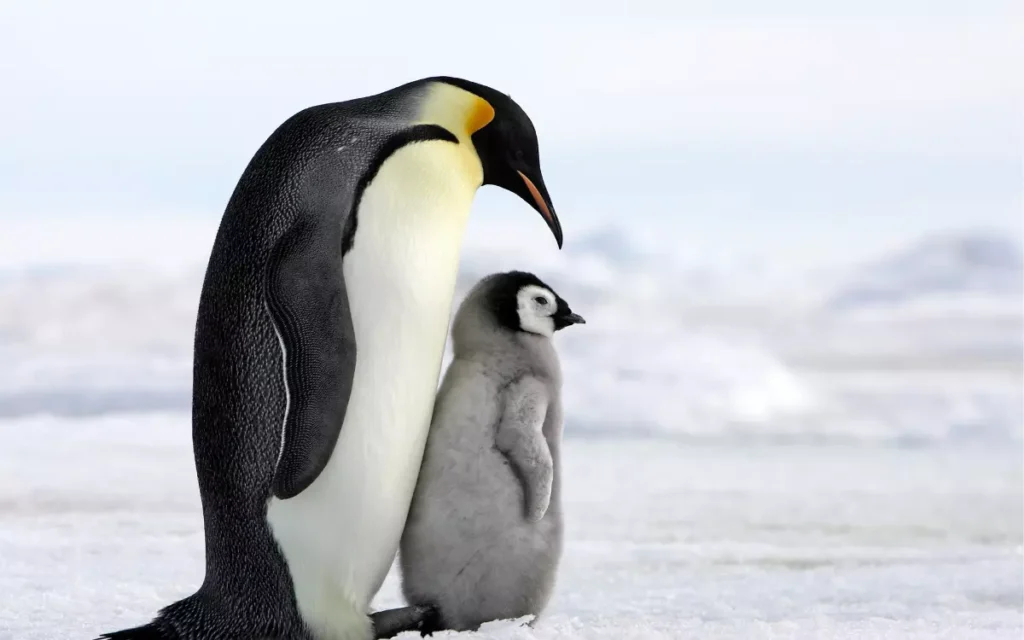
The Emperor Penguin is a marvel of adaptation, thriving in the harshest environment on Earth—Antarctica.
It is the tallest and heaviest of all penguin species, standing as a symbol of endurance and parental dedication.
Known for their cooperative huddling behavior to survive extreme cold, these birds also undertake remarkable journeys across the ice to breed and nurture their young.
Their ability to dive over 500 meters (1,640 feet) for food further showcases their incredible resilience and skill.
- Found in: Antarctica.
- Size: 115 cm (45 inches), making it the tallest penguin species.
- Egg: Lays a single egg, incubated by males for 64 days.
- Wingspan: Flipper length is approximately 30 cm (12 inches).Lifespan: 20 years on average, with some living up to 50 years.
12. The Bald Eagle – (Haliaeetus leucocephalus):
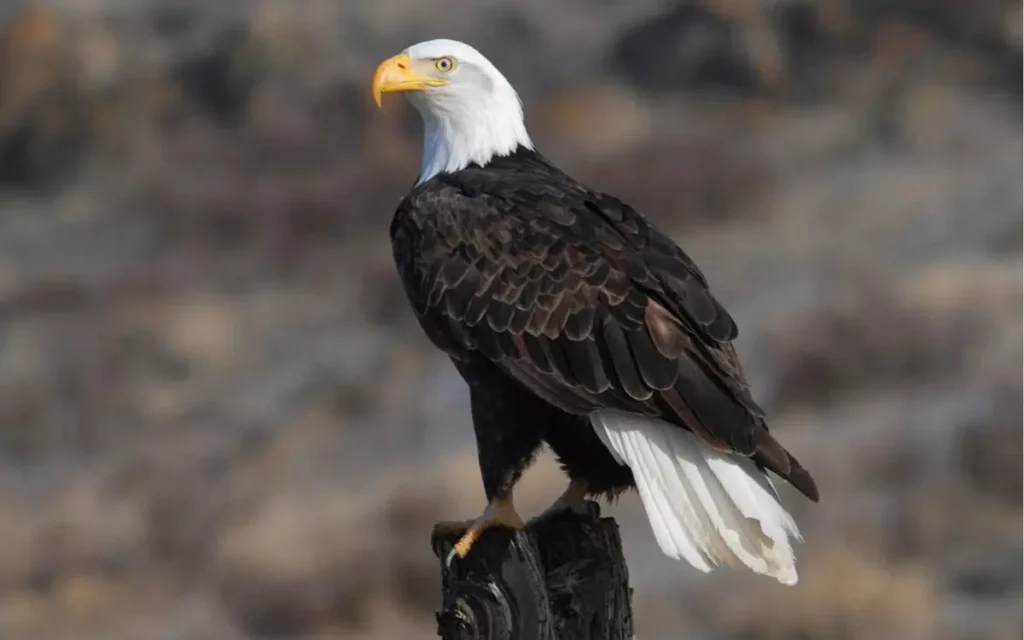
The Bald Eagle is a symbol of power, freedom, and resilience. Revered as the national bird of the United States, its striking white head and piercing eyes make it an iconic species.
With remarkable strength and vision, it soars over vast distances in search of fish, demonstrating both its grace and predatory prowess.
- Found in: North America, near large bodies of water.
- Size: 70-102 cm (28-40 inches).
- Egg: Lays 1-3 eggs per clutch, incubated for 34-36 days.
- Wingspan: 1.8-2.3 meters (6-7.5 feet).
- Lifespan: 20-30 years in the wild.
13. Harpy Eagle – (Harpia harpyja):
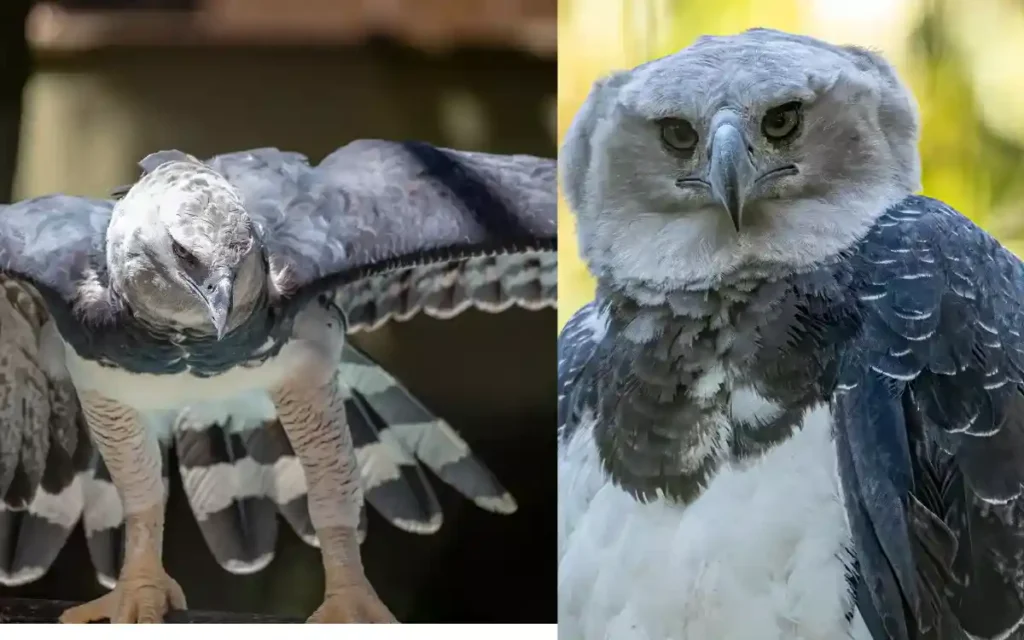
The Harpy Eagle is a top predator of tropical rainforests, renowned for its massive talons and striking crest.
This powerful bird preys on large animals like sloths and monkeys, making it one of the strongest raptors.
Its haunting beauty and rarity add to its mystique, symbolizing the wildness of the jungle.
- Found in: Tropical rainforests of Central and South America.
- Size: 86-107 cm (34-42 inches).
- Egg: Lays 1-2 eggs but typically raises only one chick.
- Wingspan: 2 meters (6.5 feet).
- Lifespan: Up to 40 years.
14. Swainson’s Hawk – (Buteo swainsoni):
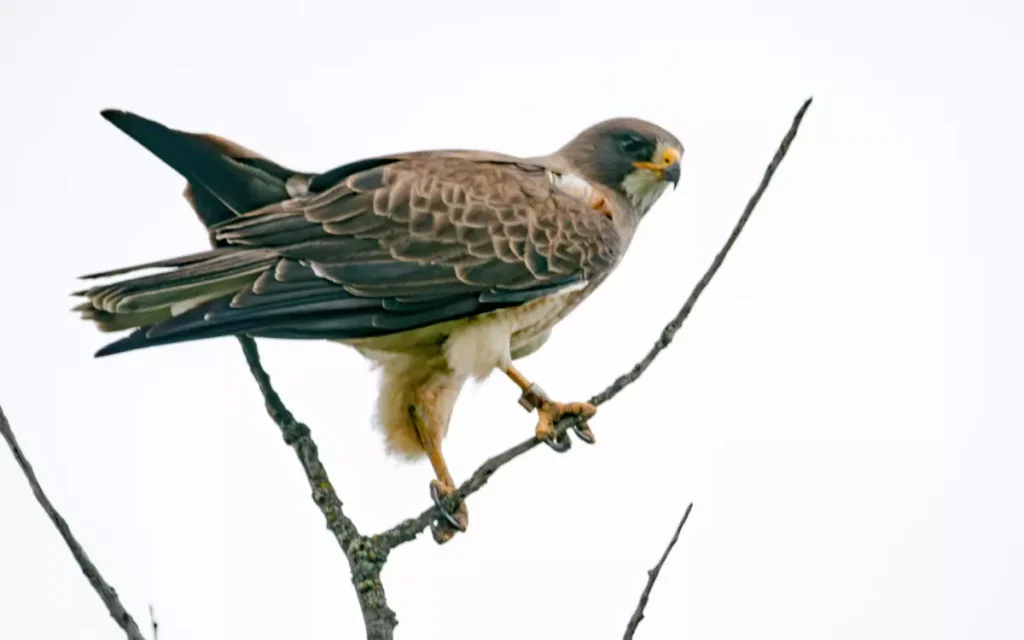
Known for its incredible migratory journey from North America to South America, the Swainson’s Hawk exemplifies endurance and adaptability.
This hawk forms large flocks called kettles during migration and is also highly effective at controlling pest populations, playing a vital ecological role.
- Found in: North and South America, particularly open grasslands.
- Size: 48-56 cm (19-22 inches).
- Egg: Lays 2-4 eggs, incubated for 30-35 days.
- Wingspan: 117-137 cm (46-54 inches).
- Lifespan: 16-20 years.
15. Nightingale – (Luscinia megarhynchos):
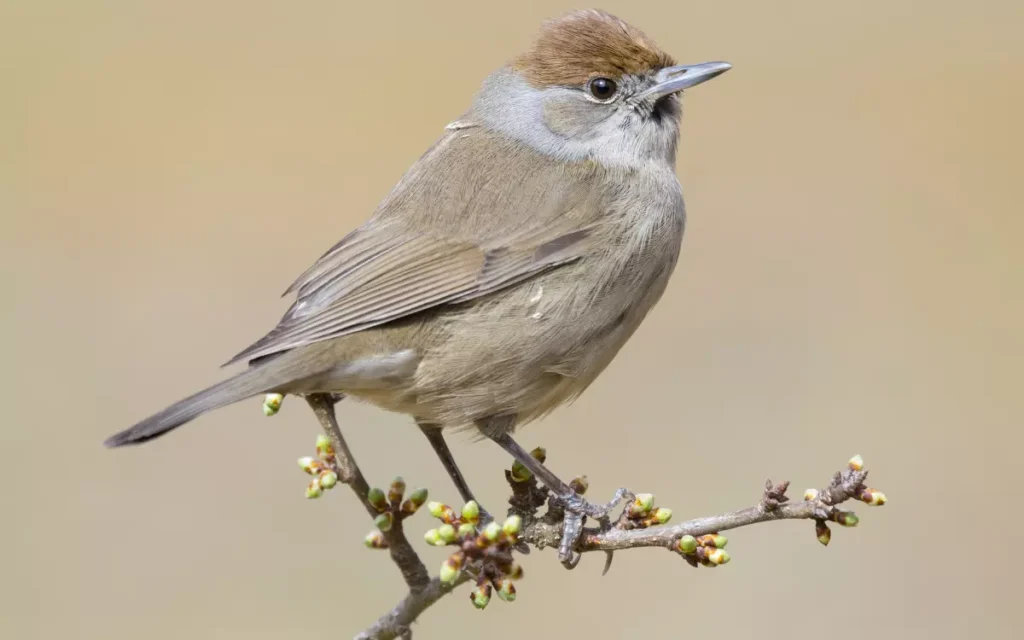
The Nightingale is celebrated for its melodious and complex songs, which fill the night air during breeding seasons.
Its vocal prowess has inspired poets and musicians for centuries, making it a cultural icon of beauty and expression.
- Found in: Europe, Asia, and North Africa.
- Size: 15-16.5 cm (6-6.5 inches).
- Egg: Lays 4-5 greenish-brown speckled eggs.
- Wingspan: 20-22 cm (8-9 inches).
- Lifespan: 2-5 years.
16. American Woodcock – (Scolopax minor):
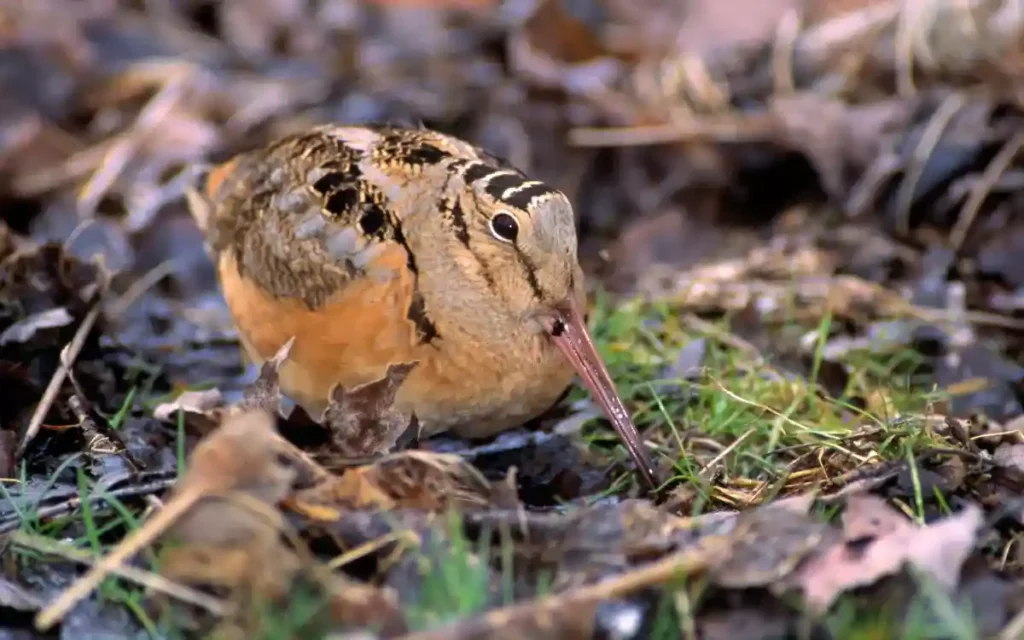
The American Woodcock is best known for its enchanting courtship display, a spiraling flight paired with soft, rhythmic calls.
Its unique bill, designed to probe the soil for earthworms, and its well-camouflaged plumage make it an exceptional bird of the forest floor.
- Found in: Eastern North America, in forests and wetlands.
- Size: 25-30 cm (10-12 inches).
- Egg: Lays 4 buff-colored eggs with brown blotches.
- Wingspan: 40-47 cm (16-19 inches).
- Lifespan: 7-8 years.
17. The Kakapo – (Strigops habroptilus):
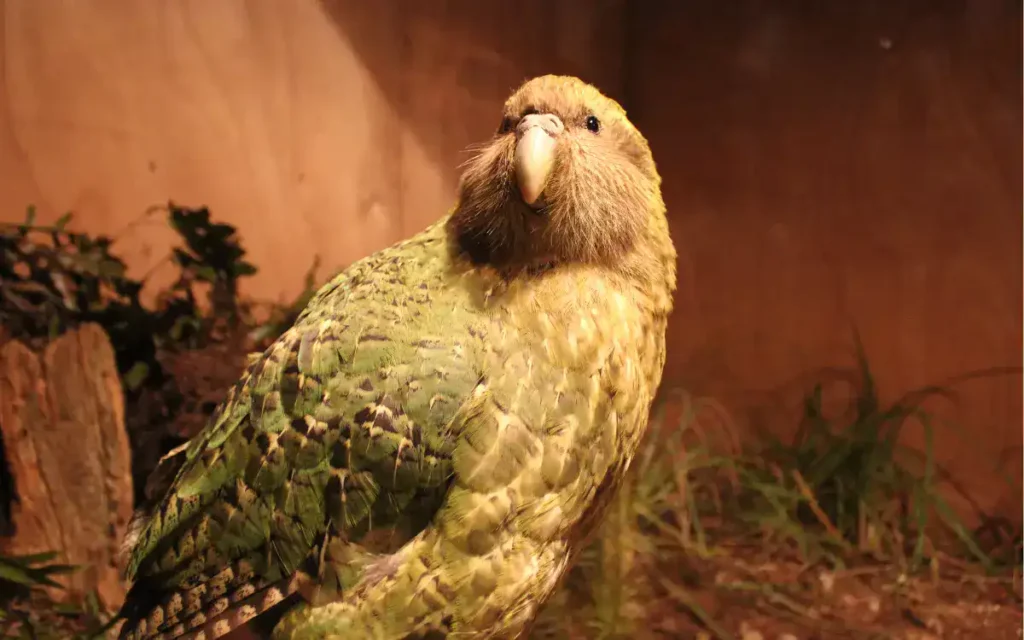
The Kakapo is a critically endangered, flightless parrot from New Zealand. Its nocturnal habits, moss-green plumage, and endearing “booming” calls during the breeding season make it a conservation icon.
Its rarity and evolutionary uniqueness make it one of the most fascinating birds.
- Found in: New Zealand.
- Size: 58-64 cm (23-25 inches), making it the world’s heaviest parrot.
- Egg: Lays 1-4 eggs, incubated for 30 days.
- Wingspan: Approximately 60 cm (24 inches).
- Lifespan: 60-90 years.
18. Shoebill – (Balaeniceps rex):
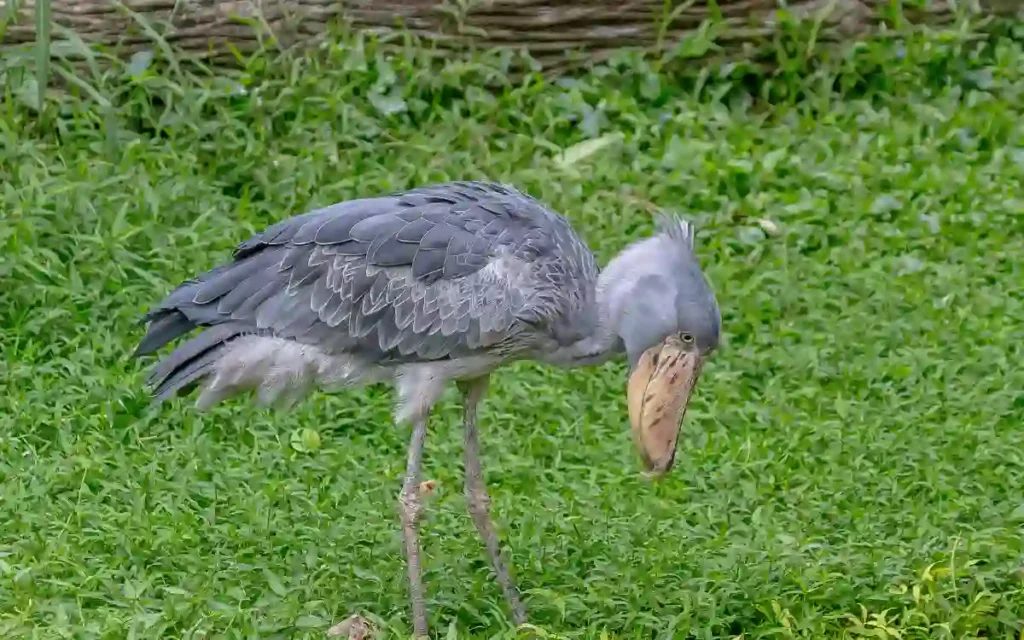
The Shoebill, with its prehistoric appearance and massive, shoe-shaped bill, is one of the world’s most unique birds.
Found in African wetlands, it patiently hunts large fish and reptiles, making it a master of stealth and patience.
- Found in: Swamps and wetlands of Central and East Africa.
- Size: 110-140 cm (43-55 inches).
- Egg: Lays 1-3 eggs, with only one chick usually surviving.
- Wingspan: 2.3-2.5 meters (7.5-8 feet).
- Lifespan: 35 years in the wild.
19. Rainbow Lorikeet – (Trichoglossus moluccanus):
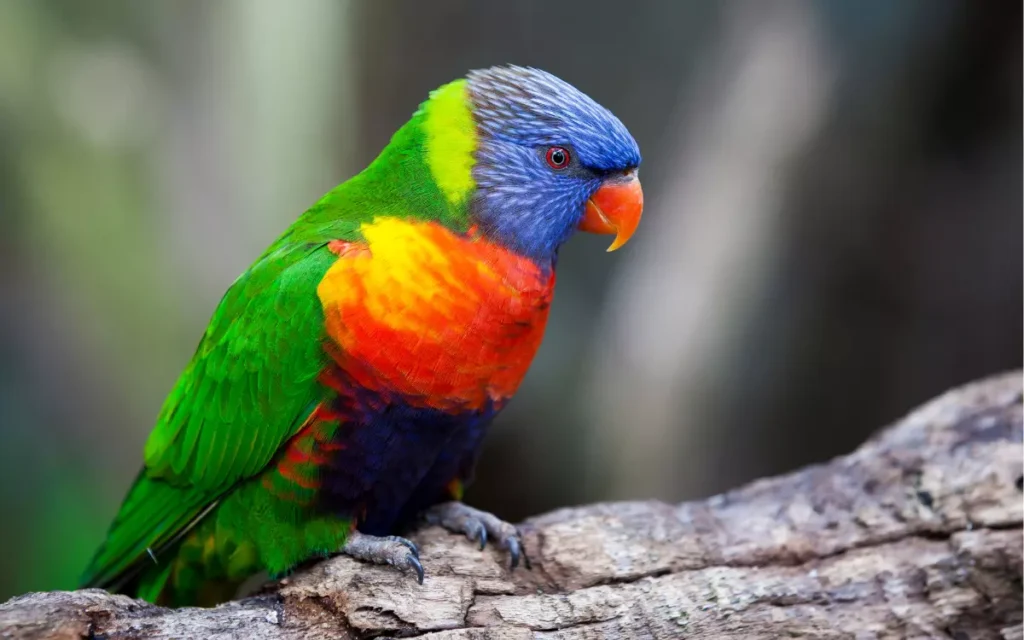
The Rainbow Lorikeet dazzles with its vibrant, multi-colored plumage and playful behavior.
Known for its social nature, this bird flocks in noisy groups and plays a vital role in pollination by feeding on nectar, showcasing its importance in the ecosystem.
- Found in: Australia, in forests, woodlands, and urban areas.
- Size: 25-30 cm (10-12 inches).
- Egg: Lays 1-3 white eggs, incubated for 25 days.
- Wingspan: 17 cm (6.7 inches).
- Lifespan: 20 years.
20. Secretary Bird (Sagittarius serpentarius)

The Secretary Bird is a remarkable predator that hunts on foot, delivering powerful stomps to snakes and small mammals. With its long legs, elegant crest, and iconic strut, it is both a skilled hunter and a striking symbol of Africa’s savannas.
- Found in: Sub-Saharan Africa, in savannas and grasslands.
- Size: 125-150 cm (49-59 inches).
- Egg: Lays 1-3 eggs, incubated for about 45 days.
- Wingspan: 2.1 meters (6.9 feet).
- Lifespan: 10-15 years.
21. Greater Sage-Grouse (Centrocercus urophasianus)

The Greater Sage-Grouse captivates bird enthusiasts with its elaborate courtship ritual. Males perform in leks, puffing their chest sacs and producing dramatic sounds to attract females. This behavior, coupled with its role as an indicator of ecosystem health, makes it a vital species.
- Found in: Western North America, in sagebrush habitats.
- Size: 65-75 cm (25-30 inches).
- Egg: Lays 6-9 olive-brown eggs speckled with darker spots.
- Wingspan: 85-100 cm (33-39 inches).
- Lifespan: 3-6 years.
22. Bird of Paradise (Paradisaeidae)
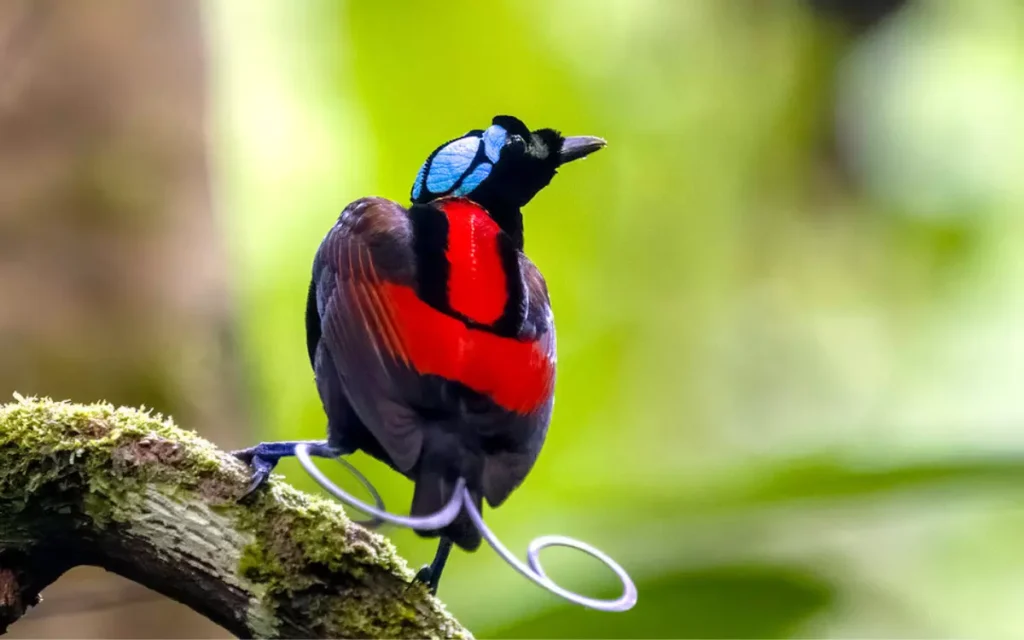
Birds of Paradise are renowned for their extraordinary plumage and intricate courtship displays. Found in New Guinea, these birds transform their appearances and perform captivating dances, showcasing the wonders of natural selection and evolution.
- Found in: Rainforests of New Guinea and nearby islands.
- Size: 15-44 cm (6-17 inches), depending on the species.
- Egg: Lays 1-2 eggs per clutch.
- Wingspan: Varies widely, averaging around 30-60 cm (12-24 inches).
- Lifespan: 5-8 years.
23. Blue Jay (Cyanocitta cristata)

The Blue Jay is an intelligent and bold bird, known for its striking blue plumage and mimicry skills. Its ability to imitate hawk calls and cache acorns for winter food storage highlights its adaptability and importance in forest ecosystems.
- Found in: North America, in forests, woodlands, and urban areas.
- Size: 25-30 cm (10-12 inches).
- Egg: Lays 4-5 pale blue or greenish eggs.
- Wingspan: 34-43 cm (13-17 inches).
- Lifespan: 7 years on average.
24. Great Horned Owl (Bubo virginianus)
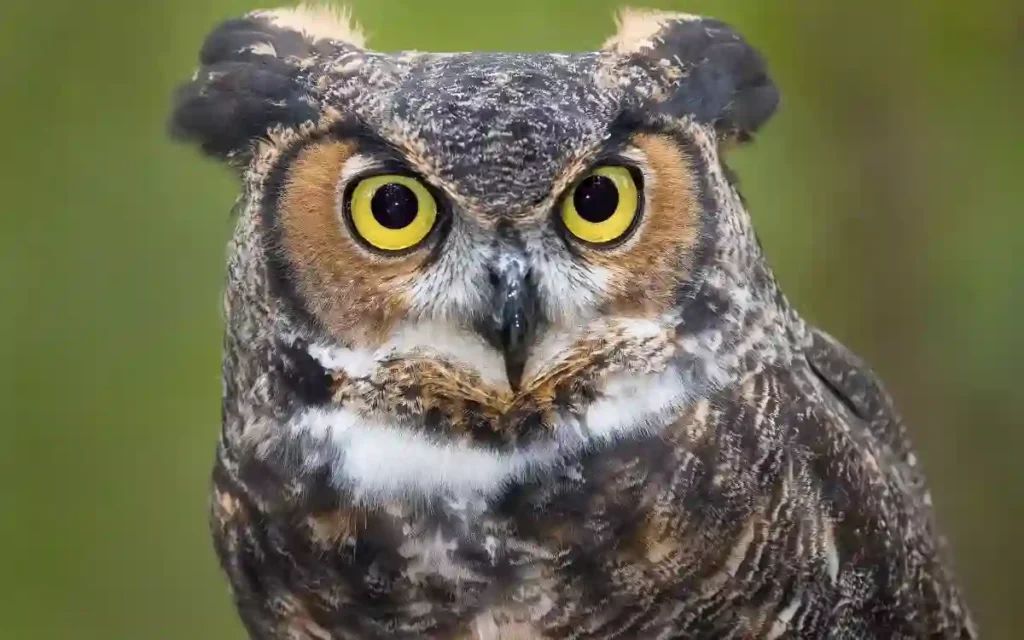
The Great Horned Owl is a powerful nocturnal predator, famed for its haunting hoots and piercing yellow eyes. It plays a crucial role in controlling small mammal populations and is admired for its stealth and strength.
- Found in: North and South America, in forests, deserts, and urban areas.
- Size: 46-63 cm (18-25 inches).
- Egg: Lays 1-4 white eggs, incubated for 30-37 days.
- Wingspan: 1.2-1.5 meters (4-5 feet).
- Lifespan: Up to 13 years in the wild.
25. Common Kingfisher (Alcedo atthis)

The Common Kingfisher enchants with its dazzling blue and orange plumage and remarkable fishing skills. Its ability to hover and dive into water with precision showcases its agility and efficiency as a hunter.
- Found in: Europe, Asia, and North Africa, near rivers and lakes.
- Size: 16-18 cm (6-7 inches).
- Egg: Lays 5-7 glossy white eggs.
- Wingspan: 24-26 cm (9.5-10 inches).
- Lifespan: 7 years.
26. Wandering Albatross (Diomedea exulans)

With the largest wingspan of any bird, the Wandering Albatross is a master glider, capable of traveling vast distances over oceans. Its endurance, grace, and ability to live for decades make it a symbol of freedom and resilience.
- Found in: Southern Ocean, around Antarctica and sub-Antarctic islands.
- Size: 107-135 cm (42-53 inches).
- Egg: Lays a single white egg.
- Wingspan: 3.5 meters (11.5 feet), the largest of any bird.
- Lifespan: Over 50 years.
27. Cassowary (Casuarius)
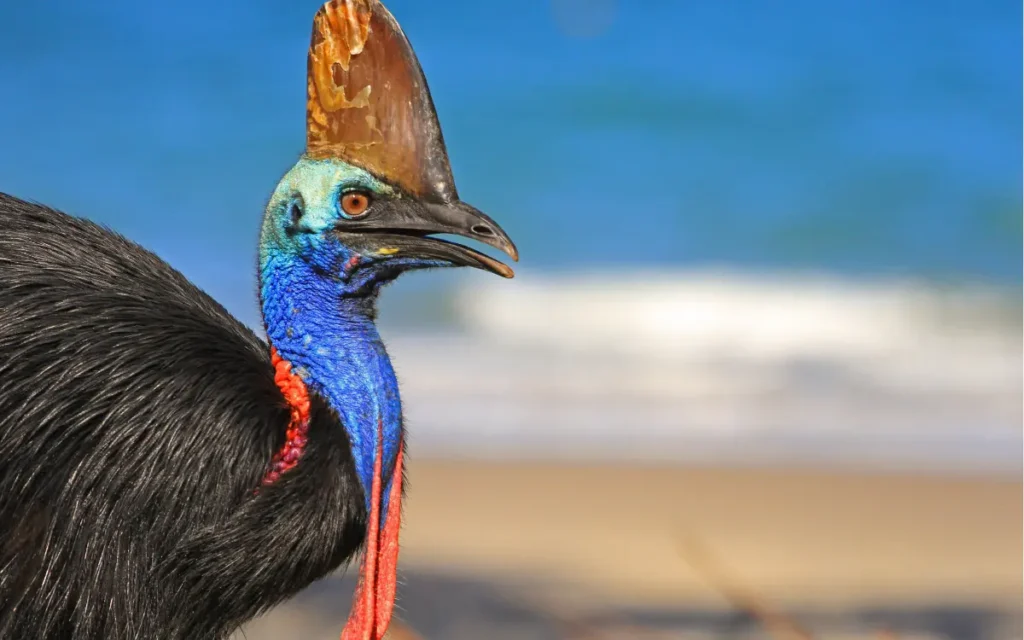
The Cassowary is a fascinating, flightless bird with a prehistoric appearance, vibrant blue neck, and a large casque. Known for its strength and agility, it plays a critical role in seed dispersal in rainforests, maintaining ecological balance.
- Found in: Rainforests of New Guinea, Australia, and nearby islands.
- Size: 1.5-1.8 meters (5-6 feet), making it the third-largest bird.
- Egg: Lays 3-5 large, green eggs.
- Wingspan: Flightless, but its small vestigial wings measure about 20 cm (8 inches).
- Lifespan: 40-50 years.
28. Indian Peafowl (Pavo cristatus)

The Indian Peafowl is admired for its stunning iridescent plumage and spectacular courtship displays. Revered in Indian culture, this bird symbolizes grace, beauty, and pride, making it a beloved figure worldwide.
- Found in: Indian subcontinent, in forests and cultivated areas.
- Size: 100-115 cm (39-45 inches), excluding tail.
- Egg: Lays 3-6 cream-colored eggs.
- Wingspan: 140-160 cm (55-63 inches).
- Lifespan: 15-20 years.
29. Crowned Crane (Balearica)
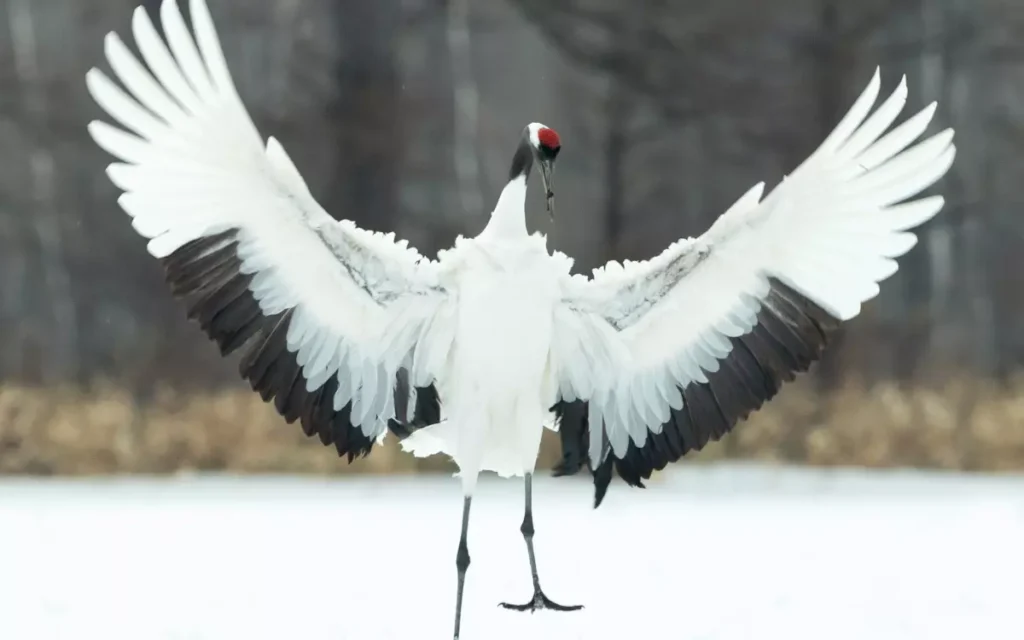
The Crowned Crane captivates with its golden feather crown and elegant dances. Found in African wetlands, this bird is a symbol of balance and harmony, roosting in trees and contributing to the cultural heritage of the continent.
- Found in: Africa, in wetlands, savannas, and grasslands.
- Size: 100-120 cm (39-47 inches).
- Egg: Lays 2-5 pale blue eggs.
- Wingspan: 2 meters (6.5 feet).
- Lifespan: 22 years.
FAQs
What makes these birds so fascinating?
These birds are remarkable due to their unique traits, behaviors, and adaptations. Whether it’s the striking plumage of the Bird of Paradise, the incredible migration of the Wandering Albatross, or the intelligence of the Kea, each bird showcases the diversity and wonder of the avian world.
Why is the Bald Eagle a symbol of the United States?
The Bald Eagle symbolizes strength, freedom, and independence. Its majestic appearance and resilience make it a fitting emblem for the United States, where it was officially adopted as the national bird in 1782.
How does the Shoebill hunt for its prey?
The Shoebill uses a patient and stealthy hunting technique, standing motionless in wetlands for long periods. When prey like fish or reptiles comes within reach, it strikes with its large, powerful bill.
Are all these birds endangered?
Not all of these birds are endangered, but several, like the Kakapo and Greater Sage-Grouse, are at risk due to habitat loss, hunting, or other environmental pressures. Conservation efforts are ongoing to protect these unique species.
Why is the Rainbow Lorikeet important to its ecosystem?
The Rainbow Lorikeet plays a vital role in pollination. By feeding on nectar and pollen, it helps in the reproduction of flowering plants, contributing to the health and sustainability of its ecosystem.

